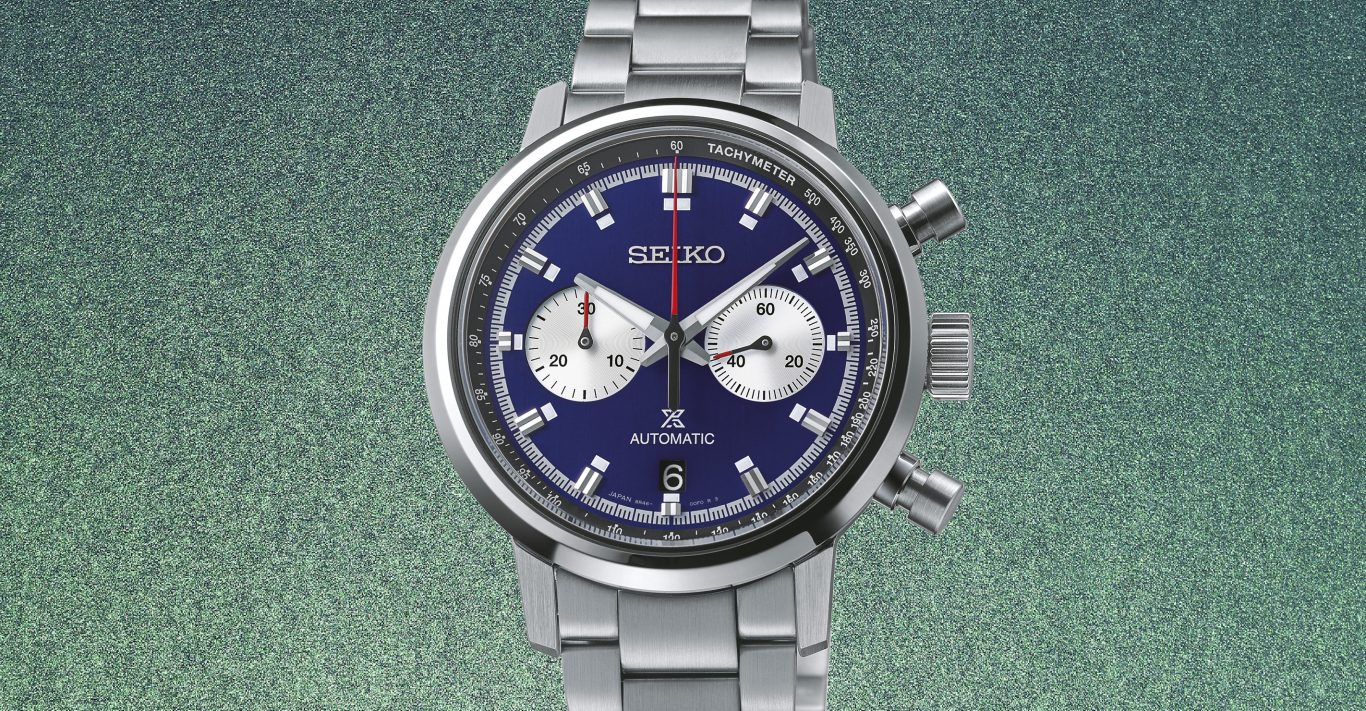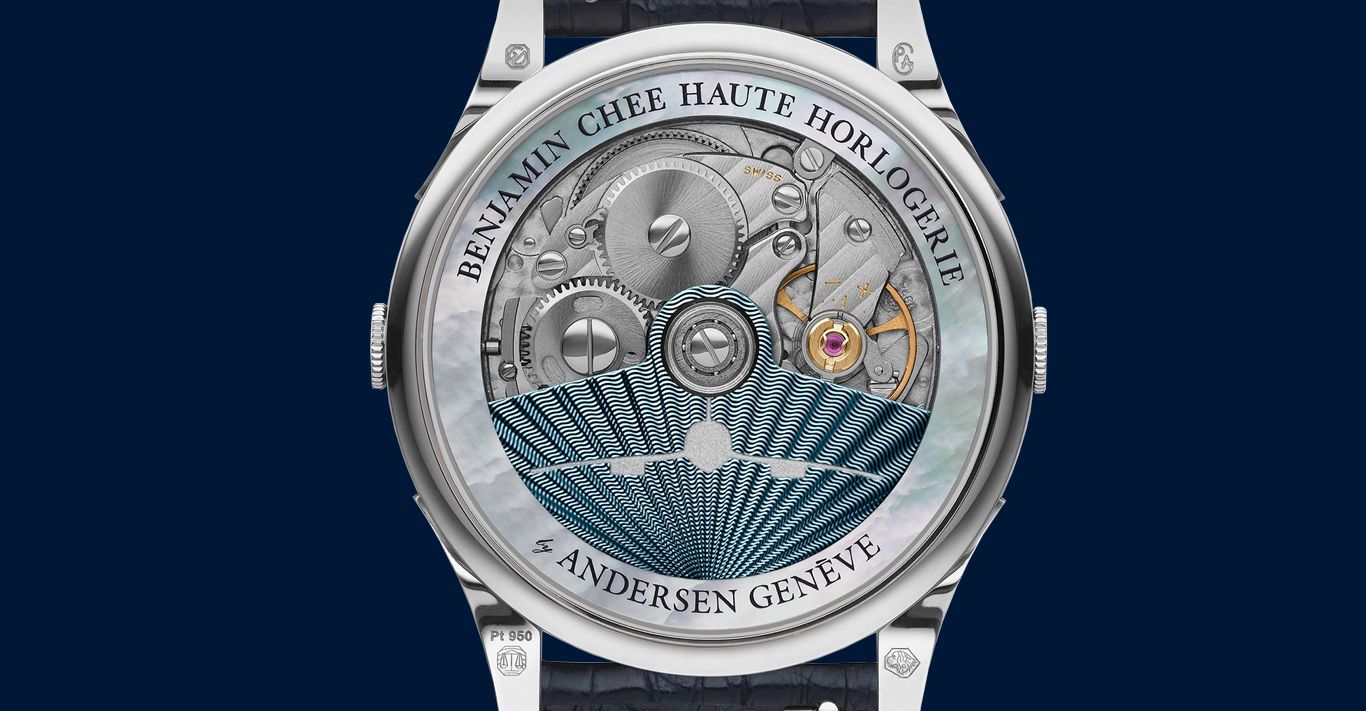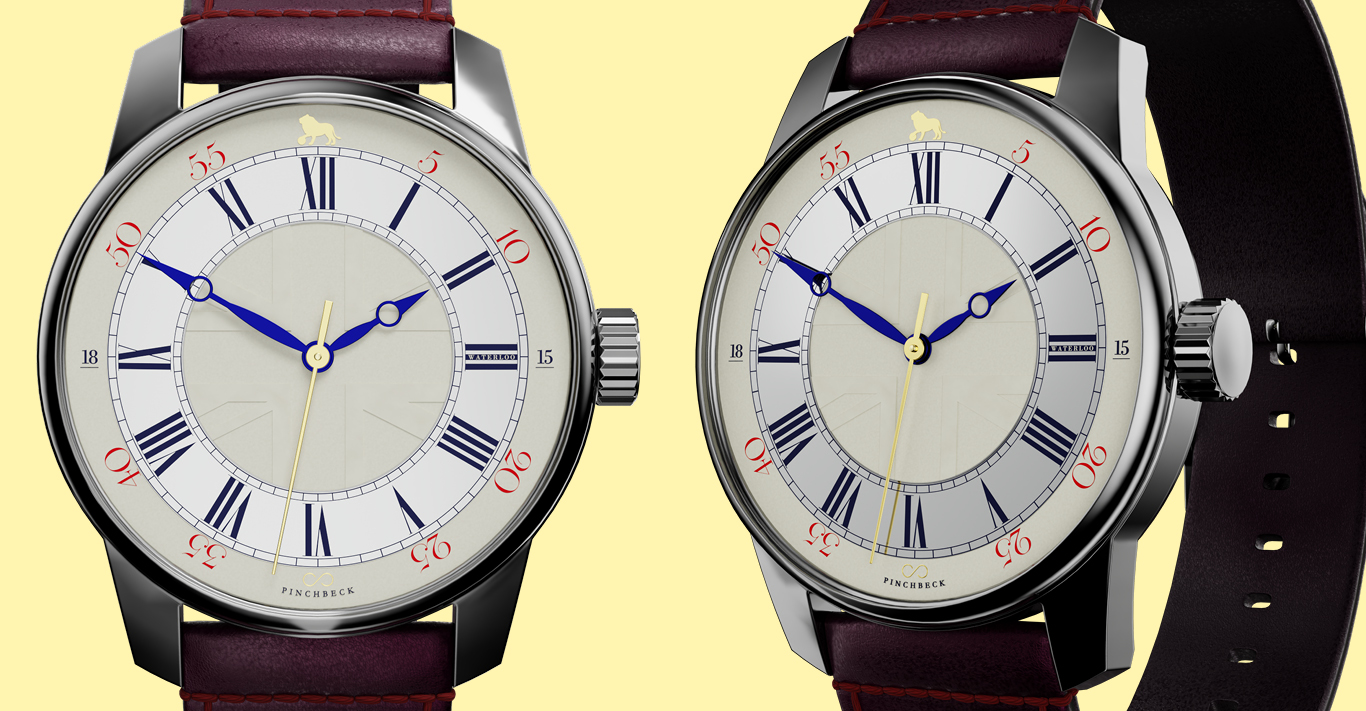WORDS
Nicholas Ross
In 1959, Shoji Hattori was determined that Seiko would fulfil the timekeeping duties of the impending Olympic Games in Tokyo. Seiko had no experience in sports timing. But the company’s president had no doubt inherited the ambitious nature that led his grandfather, Seiko founder Kintarō Hattori, to become a watch manufacturer. In the years preceding the 1964 Olympics, Seiko engineers reverse-engineered other manufacturers’ stopwatches that were used for timekeeping at sporting events. They realised that discrepancies between the studied timepieces were caused by the fact their balance wheels stopped at unfixed positions, requiring momentum from levers in order to restart rotating. They solved this problem through the attachment of a heart-shaped cam mechanism that ensured a balance wheel would always stop and start in an optimal position.
The Technical Committee of the International Association of Athletics Federations assessed Seiko’s new stopwatches in 1962. Impressed by their unparalleled accuracy after different temporal intervals, the IAAF elected Seiko to serve as the official timekeeper of the upcoming Olympics, a role for which the brand received international recognition as a sports timing pioneer.
Inextricably bound with Seiko’s professional timekeeping heritage, then, is its concurrent history of revolutionary innovation. Later in the 1960s, Seiko released a milestone model emblematic of both – namely, the Seiko 5 Speedtimer 1969 with the calibre 6139. Worn by Bruce Lee, a pioneer himself, it was the world’s first automatic chronograph with a column wheel and vertical clutch, devices that increased the precision with which elapsed time could be measured. The model also used Seiko’s “Magic Lever” to rotate a transmission wheel in a desired direction during the self-winding process.
The latest addition to Seiko’s Speedtimer Prospex series, which pays homage to its professional timekeeping heritage, is the Prospex Speedtimer Mechanical Chronograph 1969 Re-Interpretation. This model recalls the Seiko 5 Speedtimer not only through the apparently paradoxical fact that it features new innovations like Seiko’s 8R calibre, but through a vibrant, blue dial nodding to the most striking colour combination in which its progenitor was released.
This analogue watch rivals the boldness with which Nasa astronaut William Pogue smuggled its ancestor’s slightly younger sibling, the Seiko 6139-6002, into space. For its 8R calibre and eye-catching appearance manifest the Seiko Corporation design code of visibility, legibility and functionality, which emerged out of the brand’s enduring place in sports timing. Indeed, Seiko has been the official timekeeper of World Athletics since 1985. While its stylish, bevelled hands and baton indexes have the appearance of shimmering, the watch’s high-contrast dial includes two beaming, white sub-dials, rendering it even more legible than the 1969 model. A symbol of the progress competitiveness yields, be that in horology or athletics, this chronograph represents striving to remain, as Seiko’s founder anticipated, ‘always one step ahead of the rest’.




